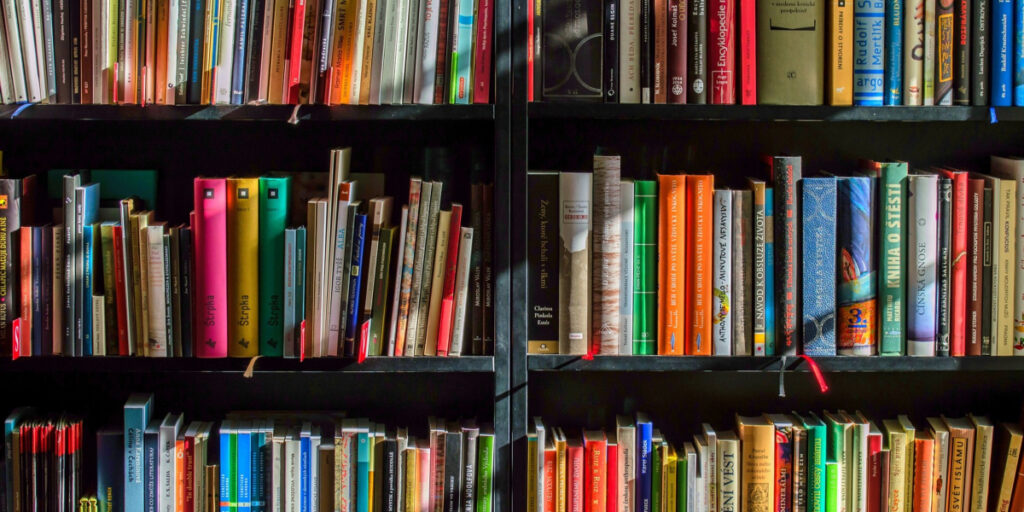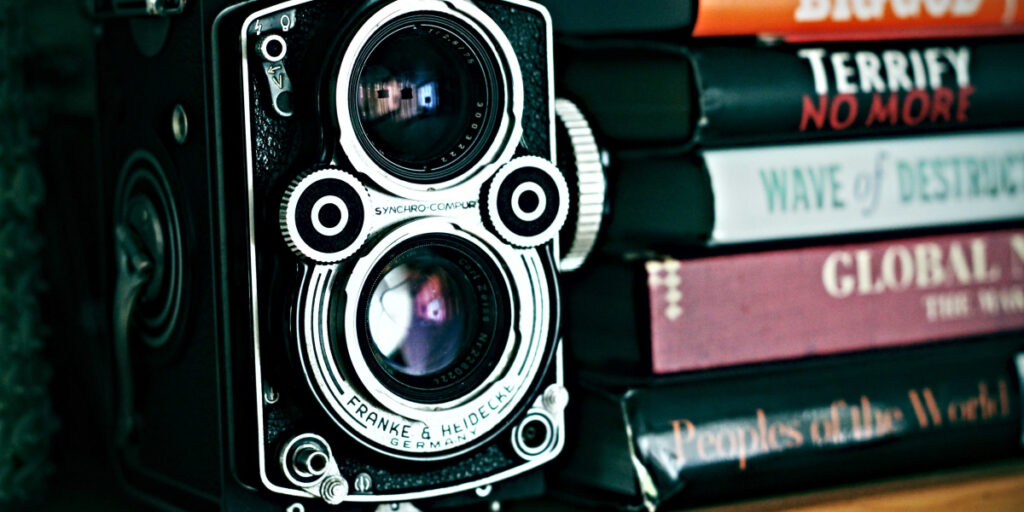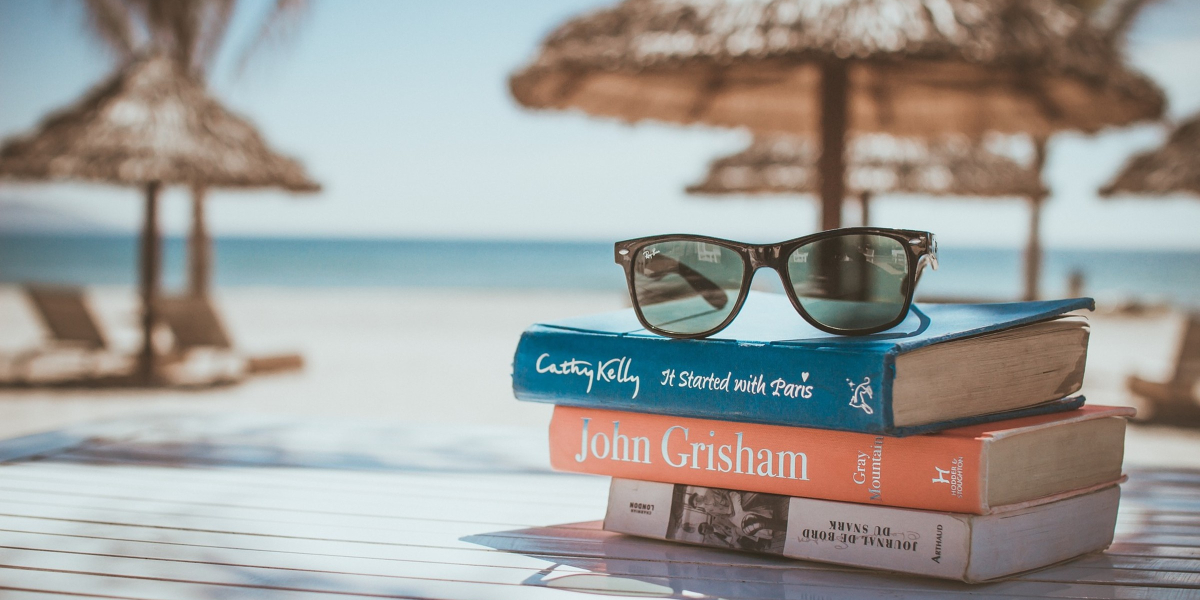I have witnessed, with a front-row seat, to the Social Networks revolution.
Facebook was still to be born and my pictures were already floating on the internet in a dozen different “dating sites”, as they all were called back then.
Most of the pictures were Black & White or Sepia, so I could look more artistic and cute (while hiding my acne at the same time).
Big bios were common, where you could share with the world important personality traits like “favorite drink” or “biggest pet peeve”.
So, as expected, I had created (too) many profiles with my personal details.
One of the usual fields to fill on those profiles was about “Favorite Books”, and my answer was always the same: Captains of the Sands, by Jorge Amado
This choice, like my photo filters, used to hide a problem.
It’s not like the book isn’t good, which it is.
It’s not that I stopped enjoying the story of the gang of orphans from the beautiful Bahia, which I didn’t.
The true reason I kept naming this book was other:
I didn’t have many more options!
My Reading Habits
To be honest, until I was in my early 30s, I could only name half a dozen books I had read over the course of my life, and I can’t avoid being shocked by this realization, because I have always considered myself someone who enjoyed reading.
The problem is that I always felt motivated to read other formats:
— Newspapers
— Magazines
— Blogs
— Online Publications
I preferred lighter content, easier to digest, although still useful.
There is a great quality in these formats, but books are, usually, better edited and condense in themselves more relevant and assertive information.
On the other hand, books are usually much more extensive than the texts available online and in the press.
This fact and the idea I had about how to read books made me avoid picking them up.
The Demystification of Reading
My approach to reading was almost a religious thing.
I should pick up a book, already knowing something about it, choose a quiet place where I could be completely focused and I should read it from beginning to end, being faithful to it till the last page.
Well, this whole idea was wrong, and now I read more books in one season than I have read in 3 decades.
How to Read More Books
The “secret” for this change lies in the demystification of the reading process.
This may look counterintuitive, but when I stopped taking so serious the act of reading a book, I started having much more fun doing it.
Nowadays I read 5 or 6 books at a time. I don’t read them literally at the same time, obviously, but I jump from book to book depending on the time of the day, the place where I am and my mood at the moment.
The big change I made was facilitating the reading moments.
I always have books scattered around the house:
— One on the bedside table.
— One in the bathroom.
— One next to the table where I have breakfast.
— Many more on the shelves of the living room.
And when I’m outside I use the same technique:
— A book in my backpack, which I carry almost everywhere.
— *SCRIBD on the smartphone, an app that allows you to read books or listen to audiobooks via stream.
All this allows me to be surrounded by books all the time and almost everywhere, which makes the act of reading extremely simple.
The Demystification of Books
I also stopped thinking that a book must be read from beginning to end. It doesn’t.
You can — and should — make an initial approach to the book and check its chapters and index, and then choose or skip the parts you are interested in or not.
This is more indicated to non-fiction and from a point-of-view of deliberate learning.
When I read “only” for the simple pleasure of reading, I do it at a much slower pace and enjoy the moment, but I will still drop any book that I think it’s not good enough.
I’ve also realized that it’s not because I read several books at the same time that I will get confused or feel lost.
Actually, it’s quite common to be reading about topics that complement each other in different books, which increases my level of learning on these subjects.
On a “regular” day I spend around 2 hours reading or listening to audiobooks while driving, walking or doing household chores, and I regret having spent so many years of my life away from this practice.
The always brilliant Ryan Holiday goes deep (and fiercely) about this topic in this article, and had a huge influence on me.

Techniques to Read More
The steps I took to read more:
— Always have a book in hand to read
— Read on every possible occasion
— Minimize sources of distraction (cell phones, TV, etc.)
— Do not get stuck in any book (have the freedom to read several and without any obligation to finish them)
Books: Where to Start
An issue I faced when I started reading more was about the books I was supposed to read.
Since I wanted to read and learn about so many things, I had a hard time knowing from where to start and this led me to indecision.
To overcome this difficulty I decided to make a shortlist of the books I already knew I wanted to read, based on the recommendations I had from authors I trusted, like Ryan Holiday and Derek Sivers.
From that list, I started by the books I already had or that I could easily get, and then I bought others, basically following a window of opportunity criteria (bargains!).
I also realized that I will have plenty of time (hopefully!) to read hundreds of books, so there is no reason to be in a hurry.
There are, however, a couple of things to have in mind with this approach.
Following recommendations from “credible” people is a good way to know what to read, however, we need to be careful to not go with the flow too easily.
“If you only read the books that everyone else is reading, you can only think what everyone else is thinking.”
But I have learned so much from these mentioned authors, as well as from others like Tim Ferriss or James Altucher, that is quite impossible not to follow their recommendations
But, like me, millions of people follow these same recommendations, which can shape my ideas to match what the majority thinks, and that is dangerous.
“Whenever you find yourself on the side of the majority, it is time to pause and reflect.”
— Mark Twain
Fortunately, the more you read the more you train your mind and your evaluation skills, and soon you’ll be making your own lists.
As you read you’ll discover new recommendations from your own readings, thus building your personal library.
Another common problem is the diversity of topics.
Reading a Lot About a Little or Reading a Little About a Lot
I read essentially non-fiction books about entrepreneurship, marketing, psychology, human behavior, and personal development.
However, the scope of action of these themes is gigantic, leading me to disperse throughout various fields.
This means that I have contact with many different ideas and concepts, which helps me increase my knowledge, but on the other hand, it distracts me from more direct ways to achieve my goals.
Ultimately, it’s a matter of “just in case” Vs. “just in time”
I’ve been reading in a logic of “just in case”, meaning a little of a lot, but it would probably be better to focus on the books that would better serve my current goals (just in time), that way optimizing my learning process.
This is really up to you. If you want to read more for fun and to have a broader view of the world and life in general, you may want to read books without minding the order.
In case you have some defined goals and want to learn about certain topics to really boost your journey to achieve them, then you should focus on one topic at a time a pick up the best 4 or 5 books on that subject.
Either way, I truly believe that when you start reading on a daily basis, you’ll find out that time is on your side and that your life will be transformed for the better many times from that moment on.
Happy reading!

Note: *Link to SCRIBD is an affiliate link, if you register an account through that link you’ll get 2 free months of the service and I’ll get 1, at no additional cost for you and without any commitment from your part, you may cancel your subscription anytime during the free period.
Thank you!
